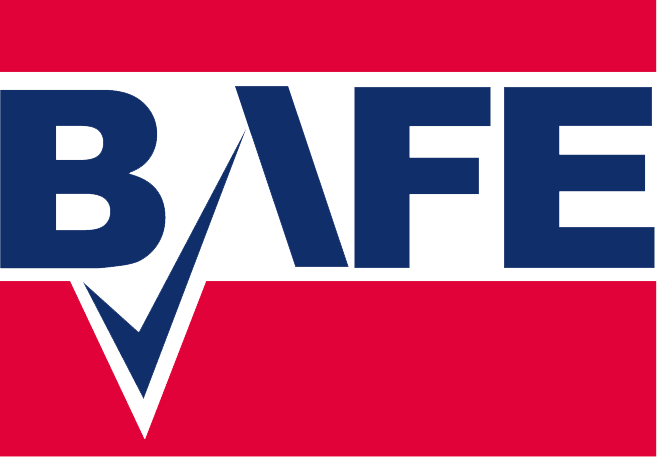Legisation says that if you are an employer or a person having control over premises, you are responsible for the safety of everyone who might lawfully be on your premises. This includes employees, vistors or members of the public in the immediate vicinity of your premises.
The Responsible Person, either on their own or with other Responsible Person, must do their best to make sure that everyone on the premises, or nearby can escape safety if there is a fire, you should pay particular attention who may need special help.
You must address the following issues :-
Carry out a fire assessment and identify possible hazards and risks.
Take general fire precautions.
Princlples of fire prevention are to be applied.
Fire safety arrangements, fire safety policy and procedures.
Take account of those particulary at risk ie: very young people, those with special needs or disabillities, and people working with dangerous substances.
Provide adequate means of escape in the case of a fire such as sufficient and suitable fire exits, fire doors and compartments signs, notices and emergency lighting.
Take measures for fire fighting eg: fire extinguishers.
An effective fire emergency plan to be followed in the event of a fire.
Maintenance of all fire safety system and equipment.
Ensure capabillites of all safety systems and equipment.
Ensure capabilities of employees who are given special tasks in terms of fire safety and fire procedures, and provide training to all employees and others who may need it.
Regularly review all these processes and amend if necessary.
The ‘Responsible person’ is required to :-
1) Instruct a competent body to carry out a Fire Risk assessment identifying the risks and hazards, and to create a Fire Log Book.
2) Report who is considered to be especially at risk.
3) Put in place plans and actions to eliminate or reduce the risks from fire as far as is reasonably practical, and provide general fire precautions to deal with and residual risks.
4) Take additional measures to ensure fire safety where flammable or explosive material are used or stored.
5) Create a detailed plan to deal with any emergency and, in most cases, document the findings.
6) Review the finding, as necessary, and update thee Fire Log Book.
The legislation applies to virtually all premises and covers nearly every type of building and open space.
FIRE SAFETY CHECKLIST CLICK HERE









